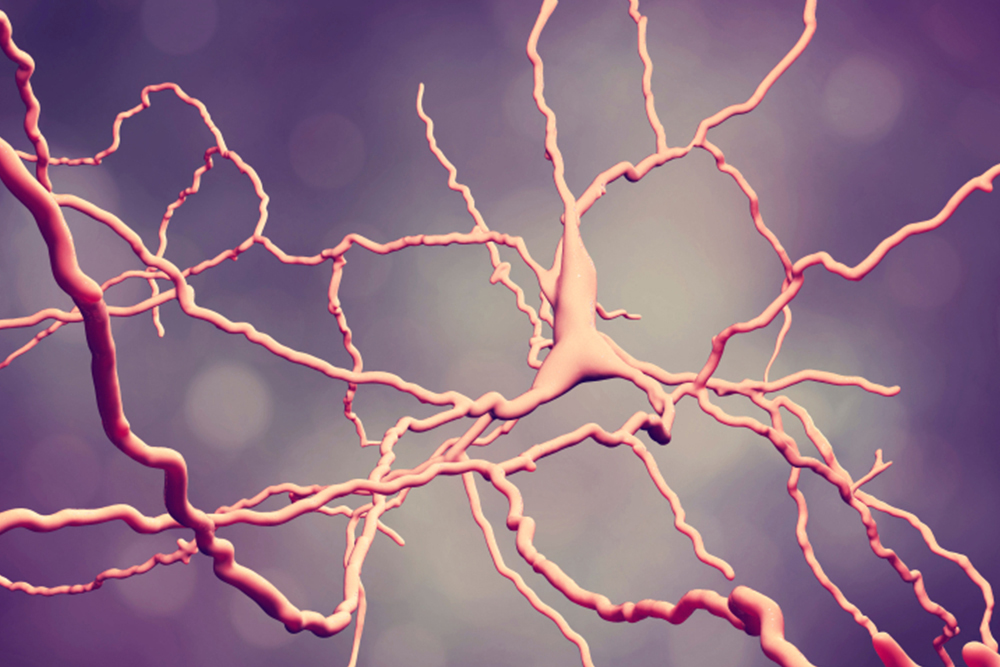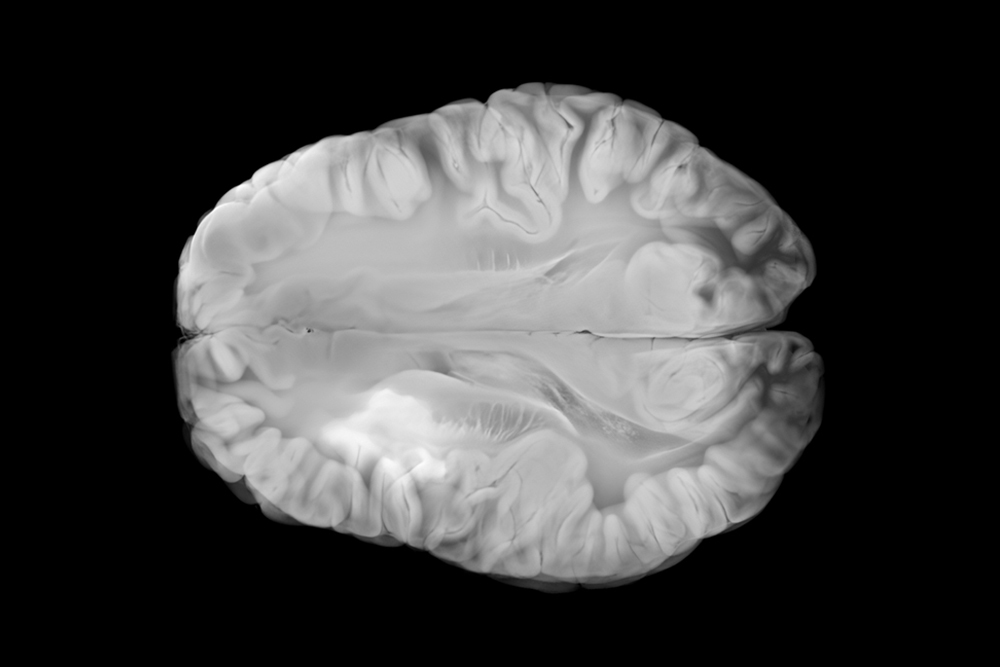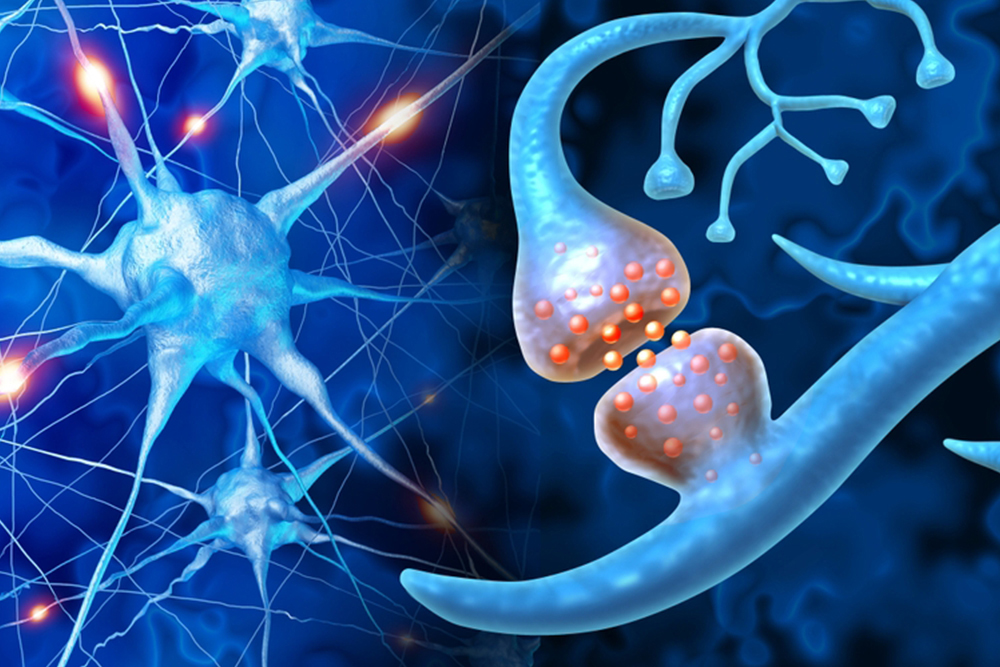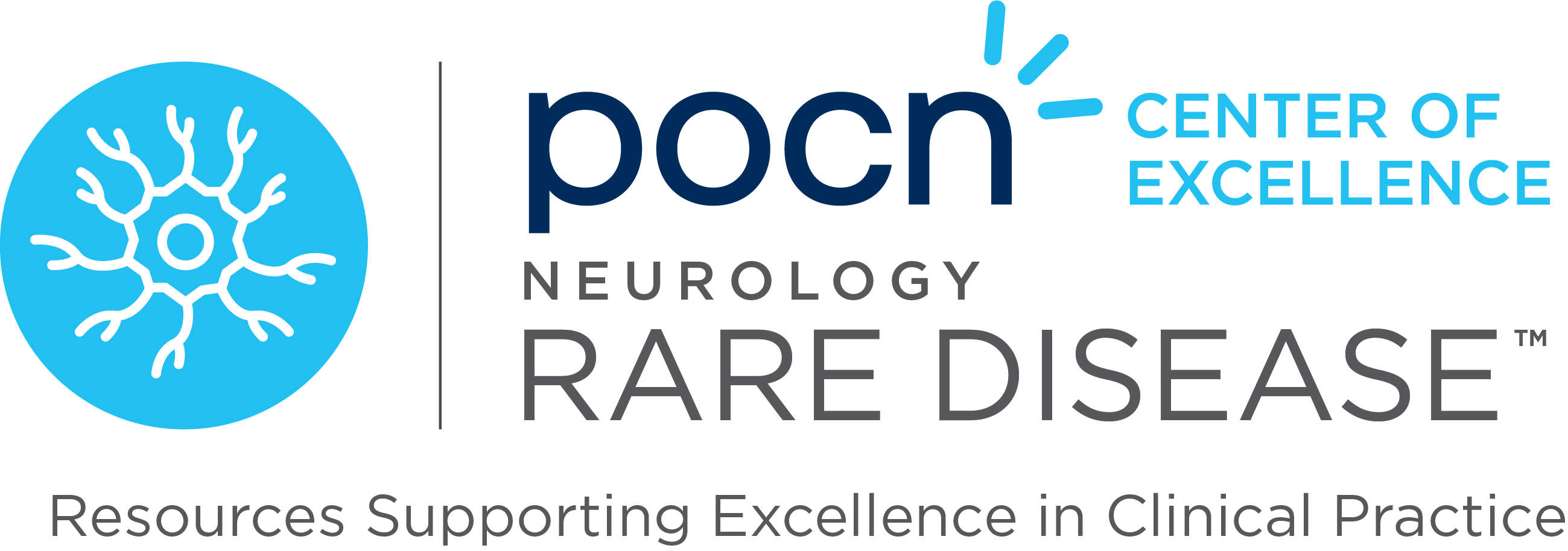Navigating Chronic Inflammatory Demyelinating Polyneuropathy: Managing a Rare Autoimmune Disorder

Chronic inflammatory demyelinating polyneuropathy (CIDP) is a rare autoimmune disorder marked by chronic inflammation and progressive damage to the myelin sheath of peripheral nerves, causing muscle weakness, sensory loss, and diminished reflexes. It presents in various forms, including typical CIDP, distal acquired demyelinating symmetric neuropathy (DADS), and multifocal variants.
Corticobasal Degeneration: Rare Disorder With Complex Symptoms and Limited Treatment Options

Corticobasal degeneration (CBD) is a rare neurological disorder involving the gradual loss of brain tissue, particularly in the upper front sections of the cortex and basal ganglia. Symptoms usually appear between ages 45 and 70, including stiffness, clumsy movements, speech difficulties, and memory loss.
Vascular Parkinsonism: Stroke-Induced Motor Symptoms With Unique Challenges

Vascular parkinsonism (VP), or multi-infarct parkinsonism, is a form of atypical parkinsonism caused by small strokes rather than the gradual nerve degeneration seen in idiopathic Parkinson’s disease.
Immune-Mediated Necrotizing Myopathies: Autoimmune Muscle Disorders with Uncertain Treatment Approaches

Immune-mediated necrotizing myopathies (IMNM) are autoimmune muscle disorders marked by proximal muscle weakness and elevated creatine kinase (CK) levels. These conditions may be linked to autoantibodies such as anti-HMGCR and anti-SRP, can be triggered by statin use, associated with cancer, or occur without a known cause. While immunotherapy is essential for improving muscle strength and reducing CK levels, no treatments have been officially approved by the US Food and Drug Administration for IMNM. Management of the condition varies widely, and the best treatment approach remains unclear. However, studies suggest certain therapies may be more effective based on the specific serological subtype of IMNM.
Guillain-Barré Syndrome: A Global Challenge in Diagnosis and Treatment, Particularly in Low-Income Countries

Guillain-Barré syndrome (GBS) is an inflammatory polyneuropathy that causes progressive limb weakness, sensory deficits, and cranial nerve involvement. It is commonly linked to infections like Campylobacter jejuni, with molecular mimicry believed to trigger the autoimmune response. GBS affects approximately 100,000 people globally each year and can take various forms, such as acute inflammatory demyelinating polyneuropathy (AIDP), Miller Fisher syndrome, and acute motor axonal neuropathy.
Corticobasal Degeneration: A Progressive Disorder with Overlapping Symptoms and Limited Treatments

Corticobasal degeneration (CBD) is a progressive neurodegenerative disorder characterized by nerve cell loss and brain atrophy, often associated with abnormal accumulations of the tau protein. It typically begins around age 60 and progresses over six to eight years. Initial symptoms may affect one side of the body but eventually impact both sides, and include poor coordination, rigidity, memory loss, dementia, speech difficulties, and involuntary muscle jerks.
Hereditary ATTR Amyloidosis: From Genetic Diagnosis to Targeted Therapies

Hereditary ATTR amyloidosis is a genetic disorder caused by mutations in the transthyretin (TTR) gene, leading to the production of unstable TTR proteins that misfold and form amyloid deposits in various organs and tissues. The condition presents with a range of symptoms depending on the specific TTR mutation and the organs affected, including cardiomyopathy, peripheral neuropathy, and autonomic neuropathy. Diagnosis typically involves genetic testing, imaging, and biopsies to confirm the presence of amyloid deposits and assess organ involvement. Early diagnosis is crucial to manage symptoms and prevent irreversible damage.
New Guidelines for ATTRv Amyloidosis Stress Early Diagnosis and Treatment

Hereditary transthyretin (ATTRv) amyloidosis is a rare, fatal disease caused by mutations in the transthyretin (TTR) gene. The disease presents with a mixed phenotype of polyneuropathy and cardiomyopathy, severely impacting patients’ quality of life and physical functioning. Early diagnosis and treatment are crucial, as the disease progresses rapidly, often leading to poor outcomes. However, in the U.S., diagnosing ATTRv amyloidosis can be challenging due to the variability in symptoms and lack of specific guidelines, resulting in delayed treatment for many patients.
Amyloid Neuropathy: Causes, Symptoms, and Treatments

Amyloid neuropathy, caused by insoluble amyloid deposits in the peripheral nervous system, primarily occurs in light-chain amyloidosis (AL) and hereditary transthyretin amyloidosis (ATTRv). AL is due to abnormal plasma cell activity, while ATTRv results from TTR gene mutations. These deposits disrupt nerve function, leading to sensory and autonomic symptoms. Diagnosis involves nerve conduction studies, sudomotor axon testing, and tissue biopsies. Treatments like monoclonal antibodies and gene therapies are improving survival and quality of life. Early diagnosis and presymptomatic testing for ATTRv are crucial.
Multifocal Motor Neuropathy Patient Assistance Program

The National Organization for Rare Disorders (NORD) offers the Multifocal Motor Neuropathy Patient Assistance Program for those who have been diagnosed with multifocal motor neuropathy (MMN).

